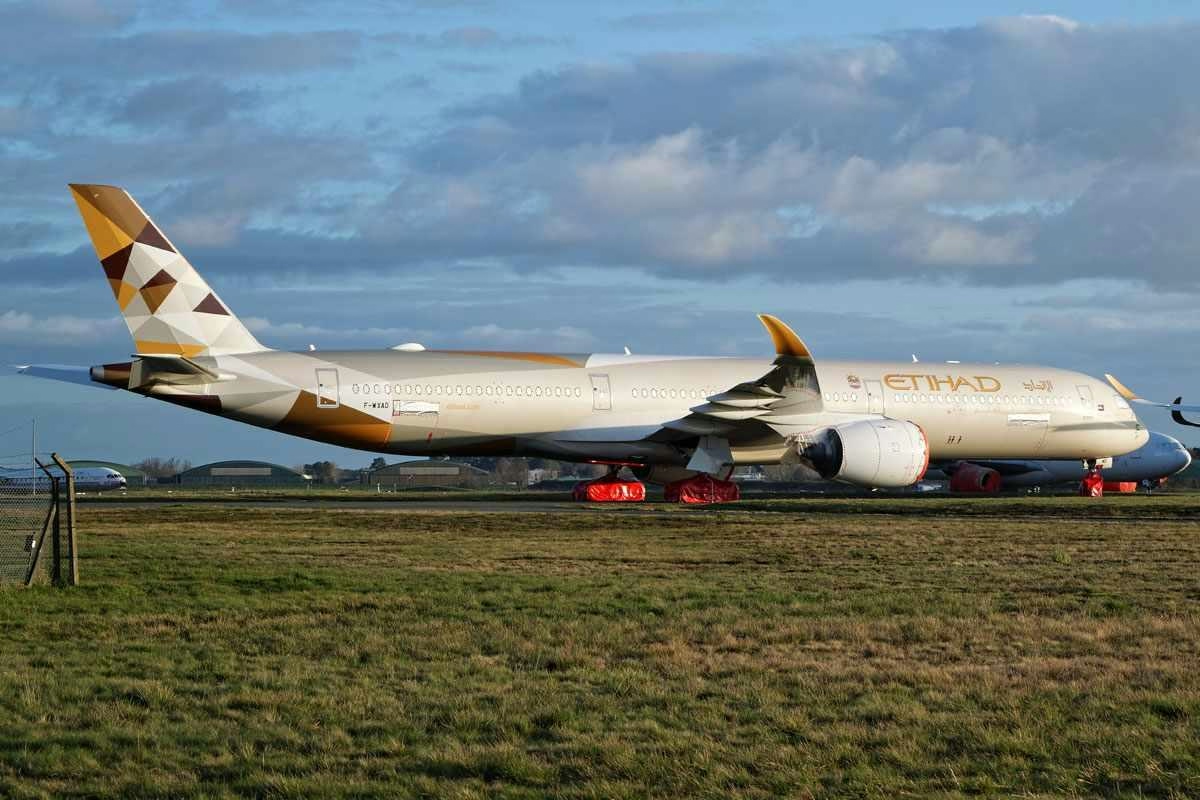
AeroGenie — Seu copiloto inteligente.
Tendências
Categories
Eve Air Mobility Raises $230 Million in Dual Listing
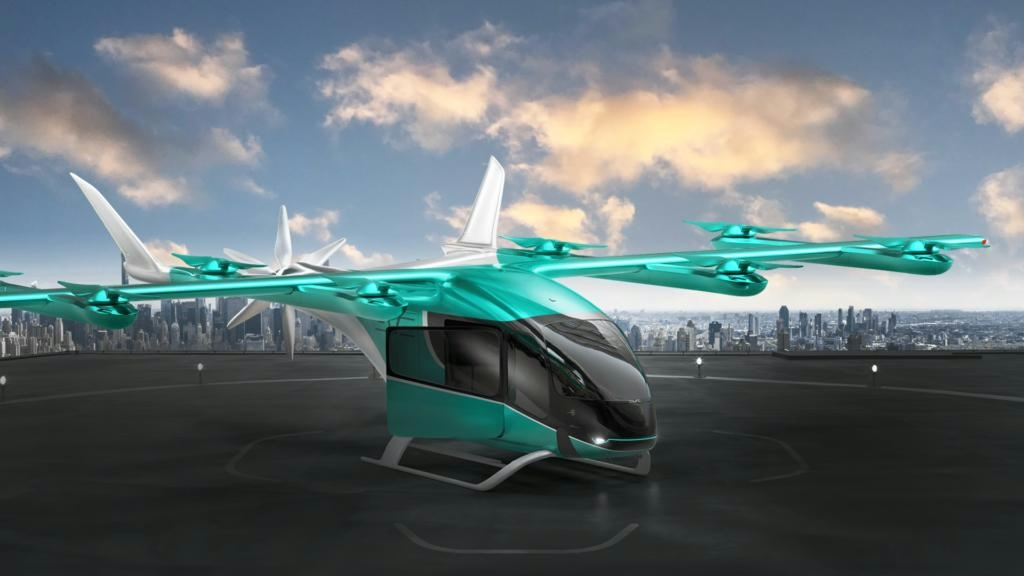
Eve Air Mobility Secures $230 Million Through Dual Listing Amid Market Pressures
Eve Air Mobility, a prominent developer of electric vertical take-off and landing (eVTOL) aircraft, has successfully raised $230 million via a registered direct offering, marking a pivotal advancement in its expansion strategy. The company entered into subscription agreements with BNDESPAR—the investment arm of the Brazilian Development Bank (BNDES)—Embraer, and other institutional investors to issue 47,422,680 shares of common stock at $4.85 per share. Additionally, Brazilian Depositary Receipts (BDRs) were subscribed by BNDES, with each BDR representing one share of Eve common stock priced at R$26.21. These BDRs have received approval for listing on the São Paulo Stock Exchange (B3) under the ticker “EVEB31” and will be delivered to BNDES in Brazil.
The gross proceeds from this offering are anticipated to reach $230 million before deducting placement agent commissions and offering expenses, with the transaction expected to close on August 15, 2025. Eve intends to allocate the proceeds from the BDRs to cover services performed within Brazil, while the remaining net proceeds will be directed toward general corporate purposes. These include funding ongoing operations, pursuing potential acquisitions or strategic investments, and repaying existing debt.
Strategic Dual Listing and Market Challenges
Eduardo Couto, Chief Financial Officer at Eve, emphasized that the dual listing in both the United States and Brazil is integral to the company’s strategy to diversify its investor base. By attracting shareholders from multiple regions, Eve aims to strengthen its financial foundation and broaden access to capital, thereby supporting growth in the rapidly evolving urban air mobility (UAM) sector.
This capital raise, however, occurs amid increasing financial pressures. The company reported a 77% rise in net losses during the second quarter, raising investor concerns and fueling skepticism about its long-term sustainability. This financial strain has intensified scrutiny of Eve’s business model and growth prospects, particularly as competition within the eVTOL market intensifies.
Rival firms are making assertive moves to consolidate their positions. Joby Aviation, for instance, recently acquired Blade Air Mobility’s passenger division, signaling a strategic effort to expand market share and accelerate commercial deployment. Such developments highlight the competitive environment Eve faces as it strives to establish itself as a leader in the UAM industry.
In response to these challenges, Eve has announced a partnership with Beta Technologies to explore alternative electric propulsion systems. This collaboration represents a strategic shift aimed at enhancing technological capabilities and alleviating financial pressures by investigating more efficient solutions for its eVTOL aircraft.
Despite these headwinds, Eve’s recent capital raise constitutes a significant milestone. The infusion of funds is expected to enhance the company’s capacity to invest in technology, operations, and strategic initiatives, thereby accelerating the deployment of its eVTOL aircraft and supporting the development of related infrastructure. As Eve contends with financial challenges and mounting competition, the dual listing and fresh capital injection are designed to position the company as a key player in the global urban air mobility sector.
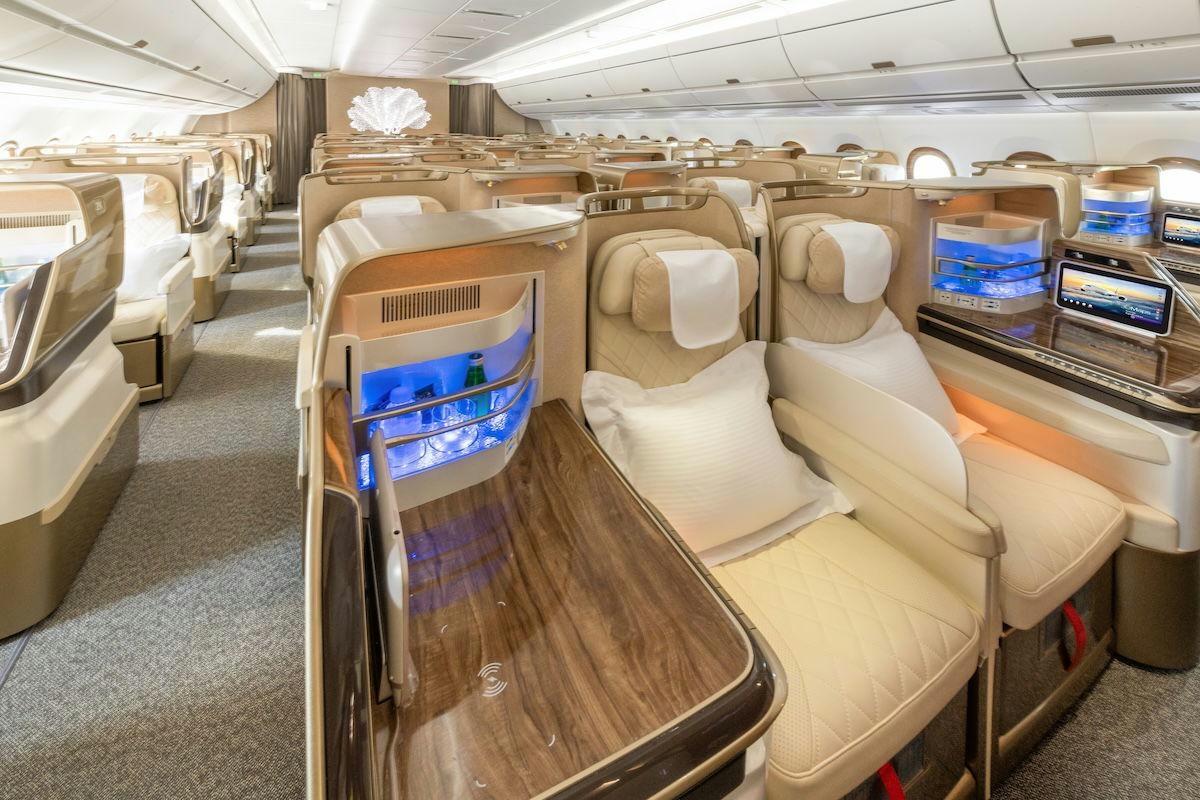
Emirates Plans to Order at Least 30 Airbus A350-1000 Jets
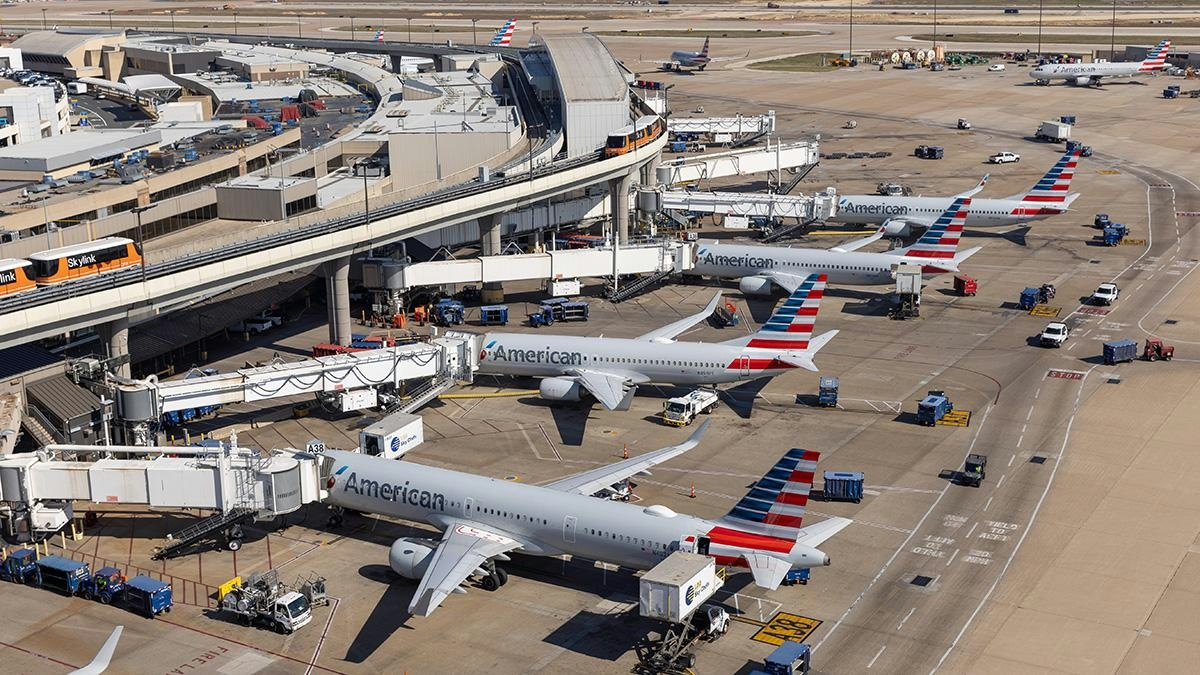
Airline to Operate World’s Largest Mainline Fleet in 2025

FedEx Anticipates Limited Impact from MD-11 Grounding
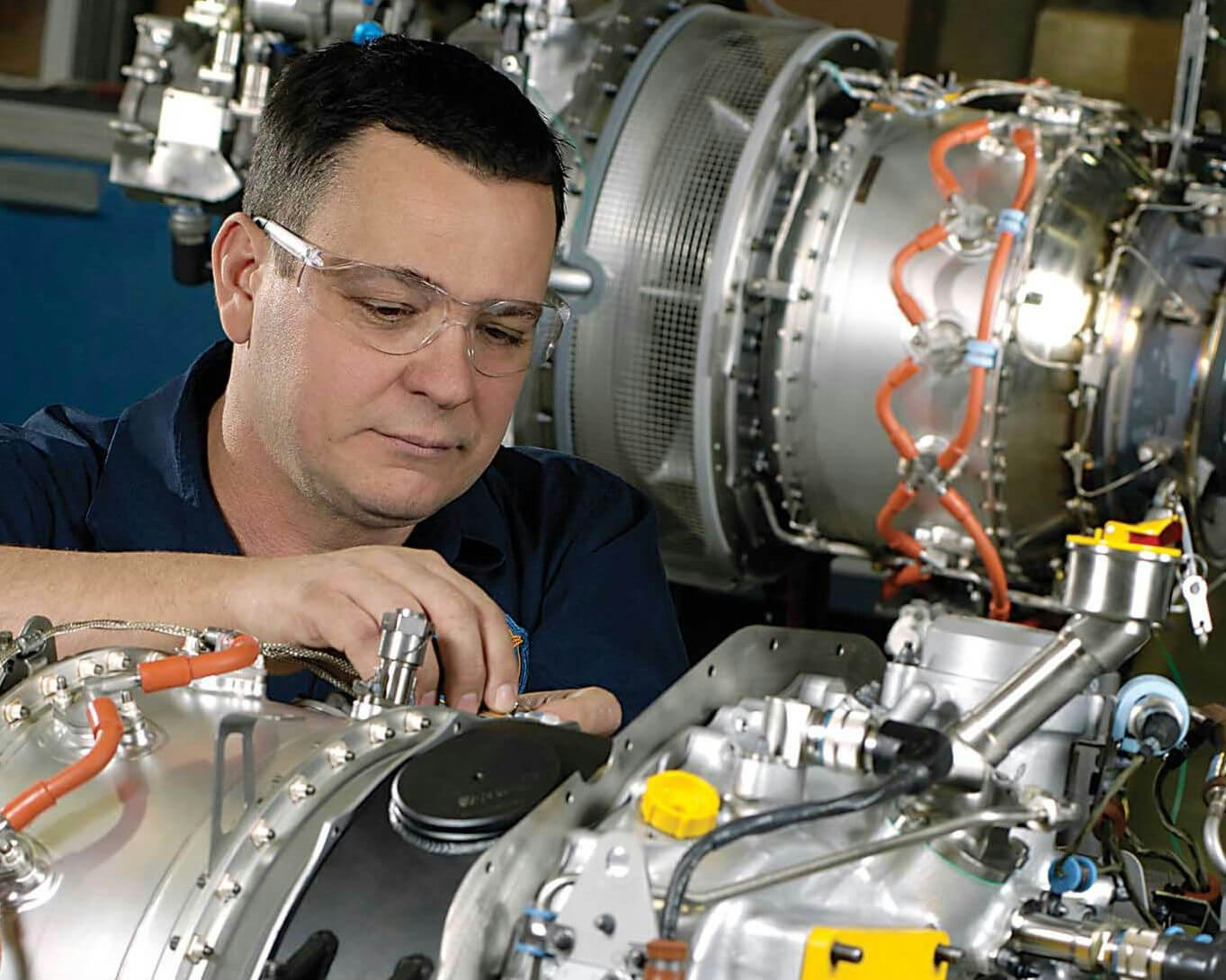
Pratt & Whitney Opens European Center Focused on Sustainable Propulsion
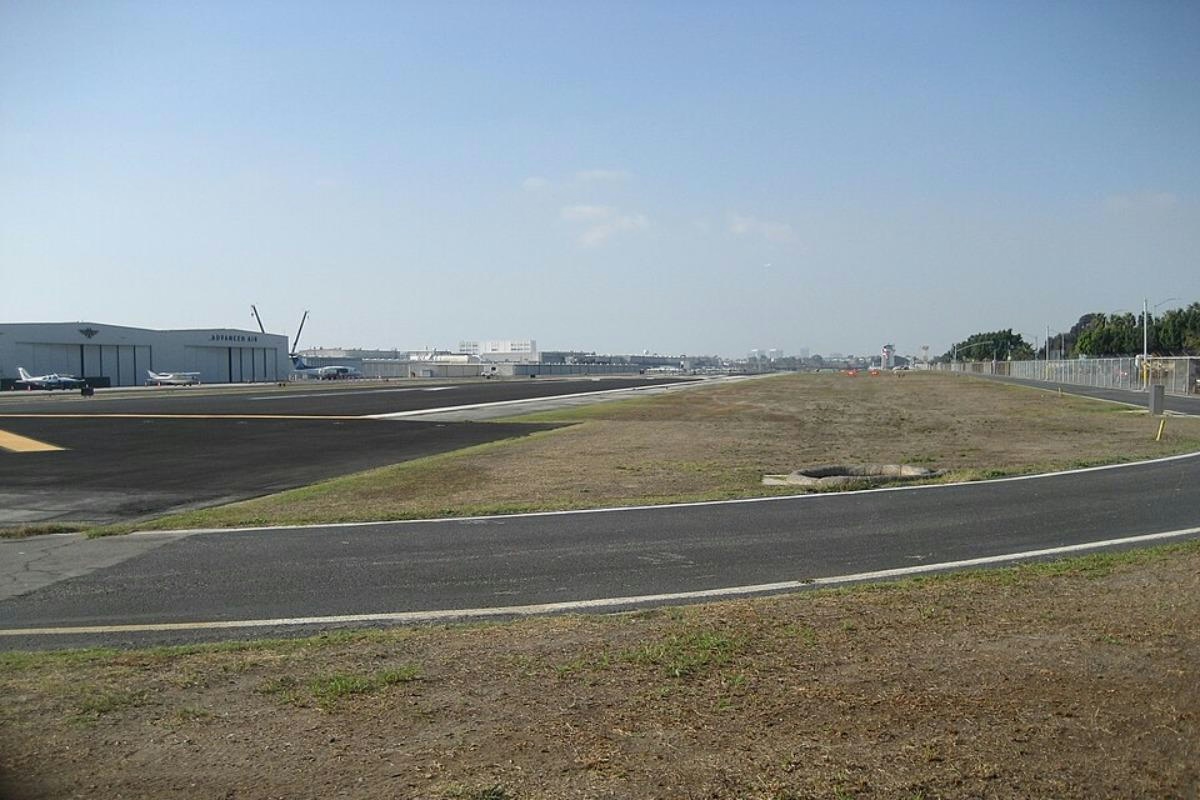
Archer Aviation Acquires Hawthorne Airport for $126 Million
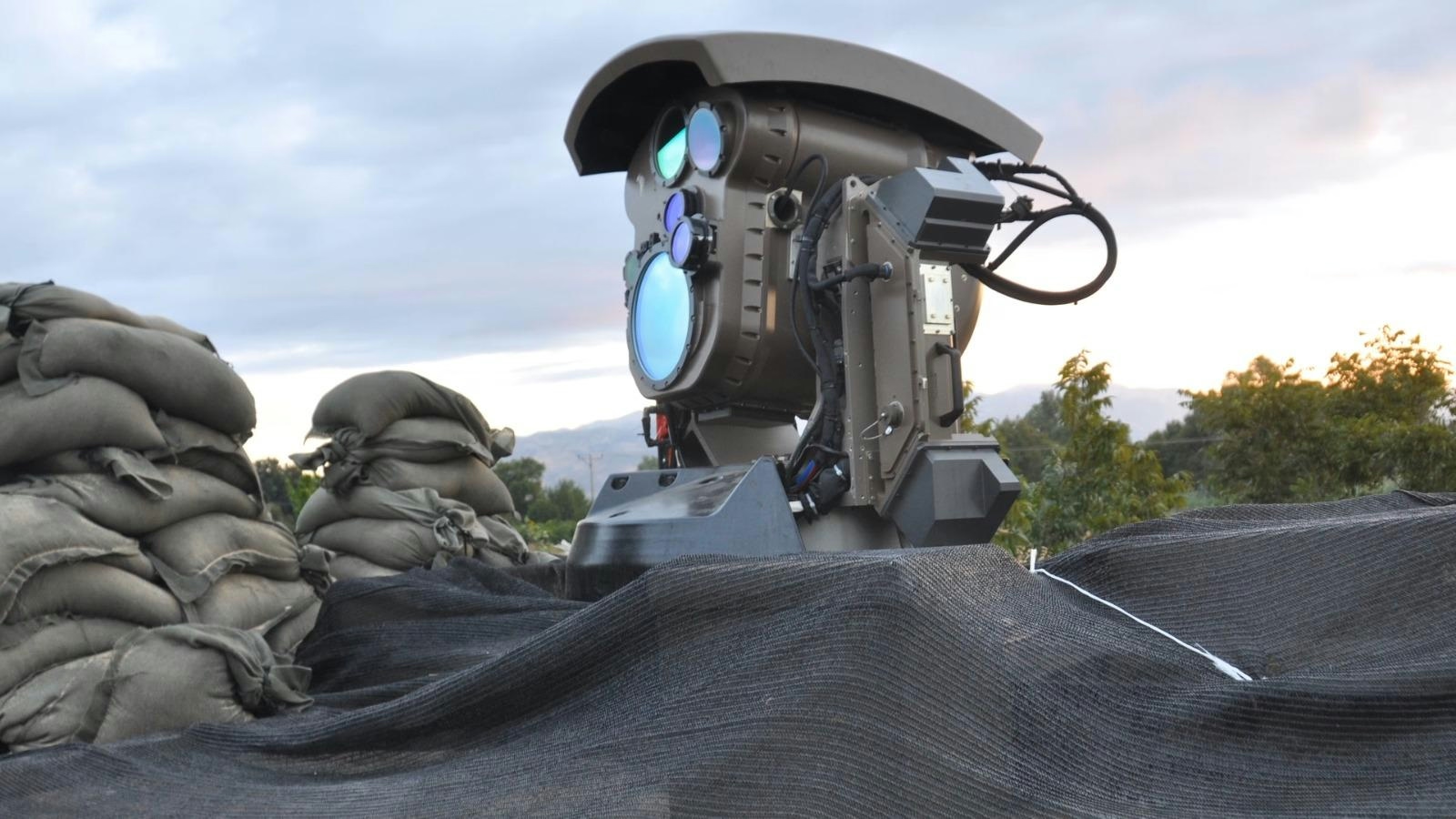
Israel’s Iron Beam Laser System Receives 2026 Aviation Week Laureate Award
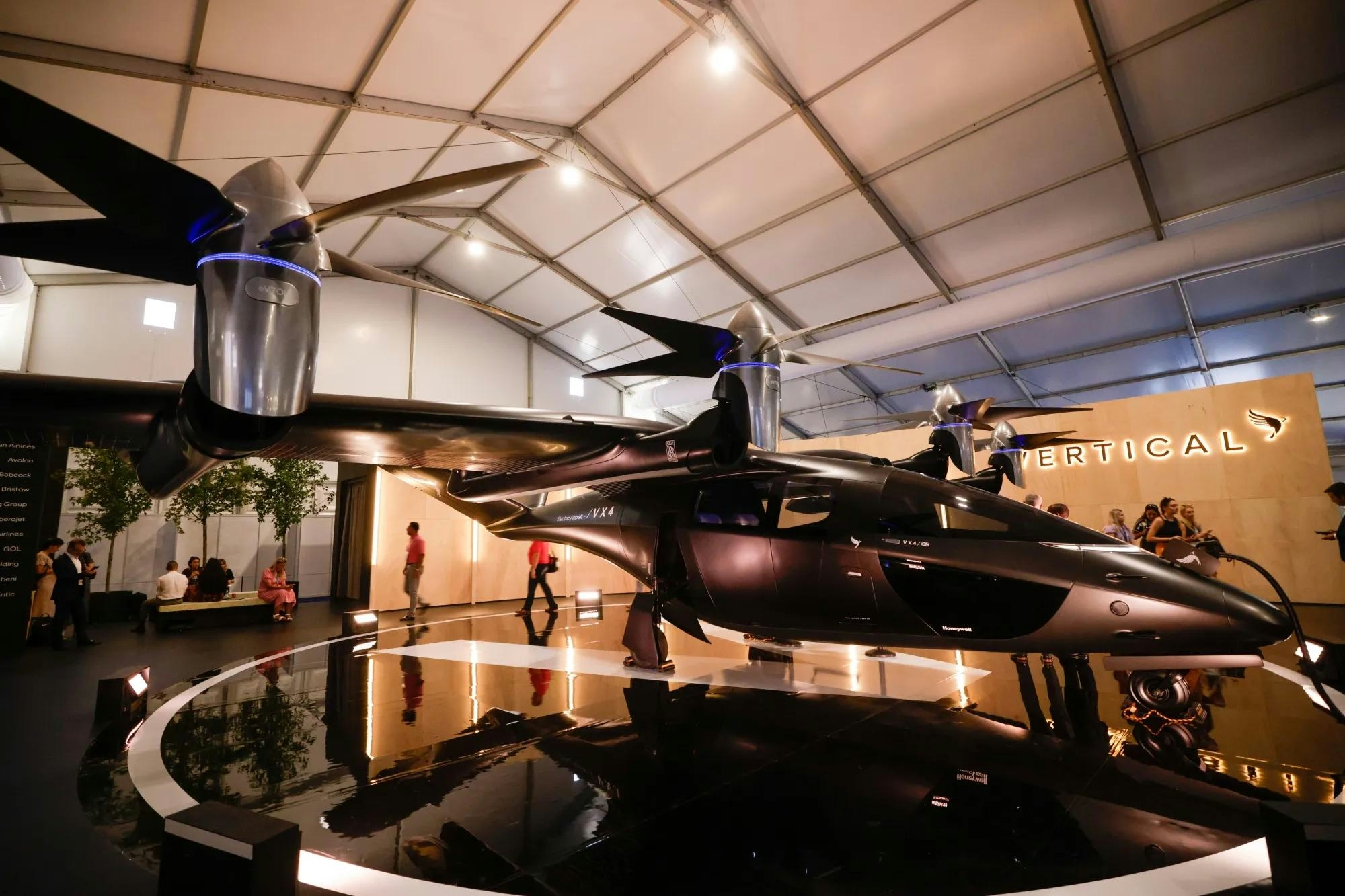
Vertical Aerospace Advances Air Taxi Program with New UK Flight Approval
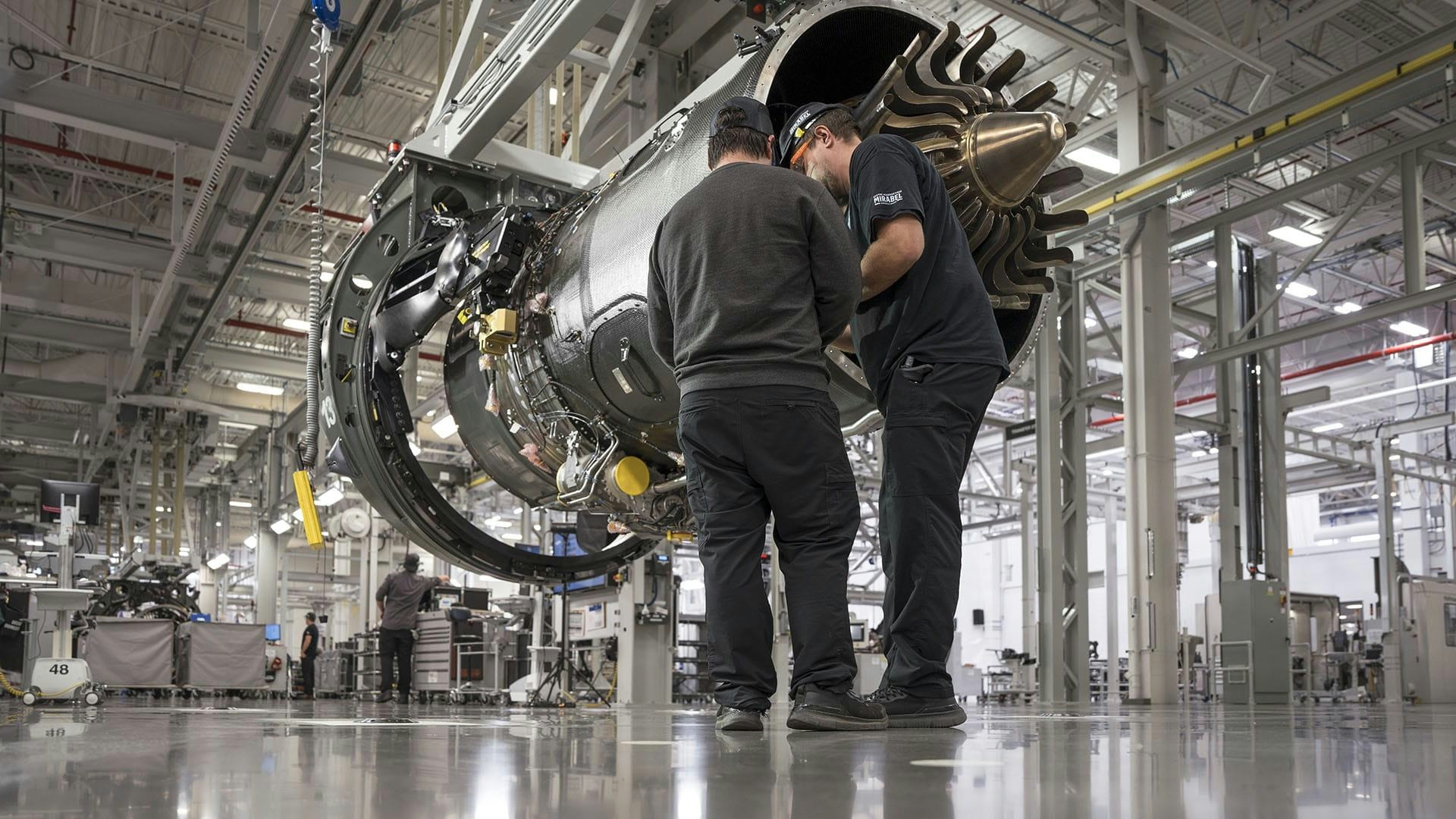
IAE Commits to GTF Engines for Future Narrowbody Aircraft
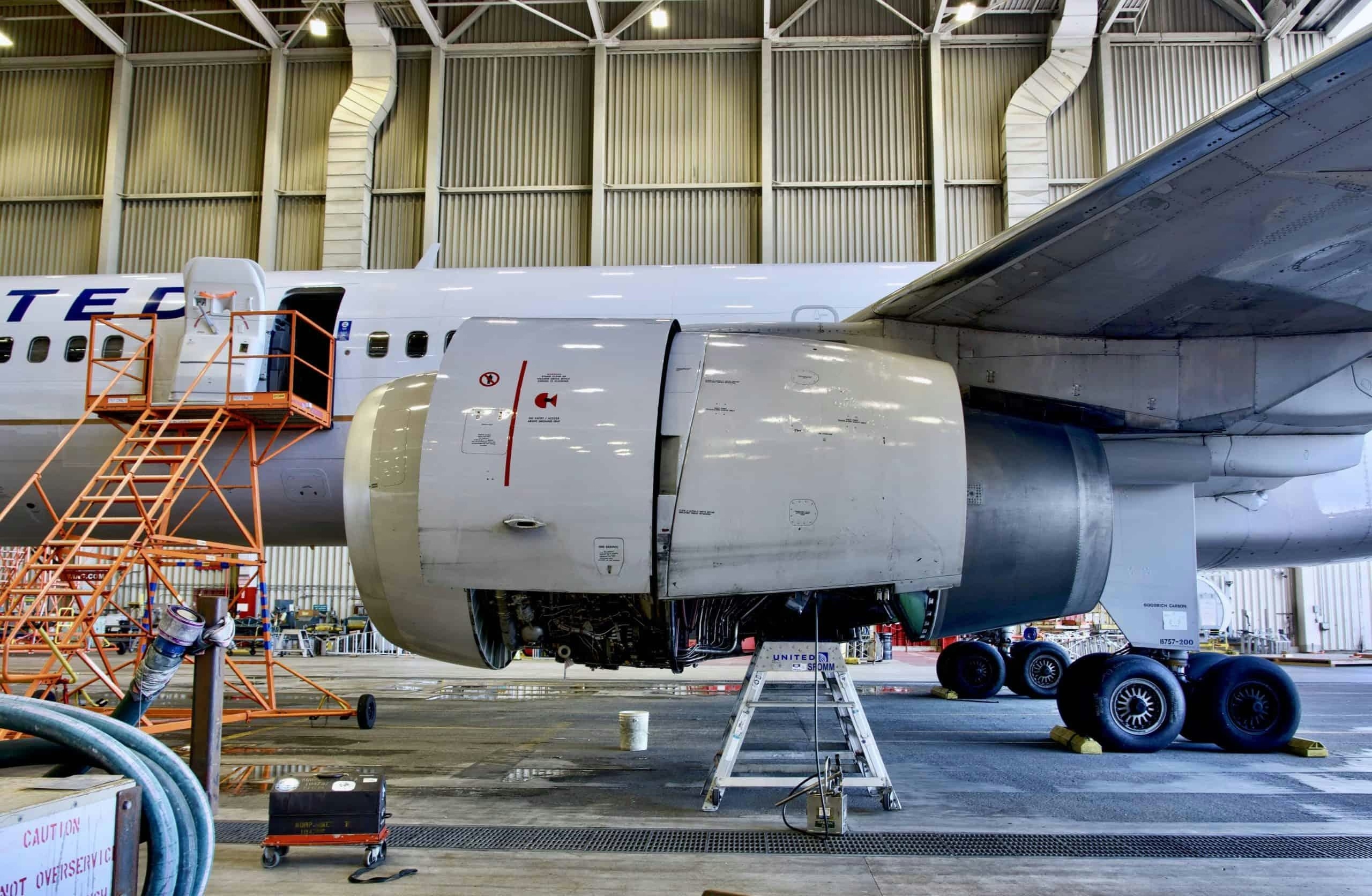
Why United Airlines Continues to Operate Its Aging Boeing 757s
